Muscle Spasm in Shoulder
Understanding and Treating Muscle Spasms in the Shoulder
Muscle spasms in the shoulder can be incredibly uncomfortable and can significantly limit your range of motion and daily activities. Whether it’s a sudden, involuntary contraction or a persistent tightening of the muscles, shoulder spasms can cause pain, stiffness, and difficulty performing routine tasks.
It is crucial to gain a comprehensive understanding of the causes and available treatment options for managing shoulder muscle spasms. By doing so, individuals experiencing this condition can take proactive steps to alleviate discomfort, promote healing, and regain optimal shoulder function.
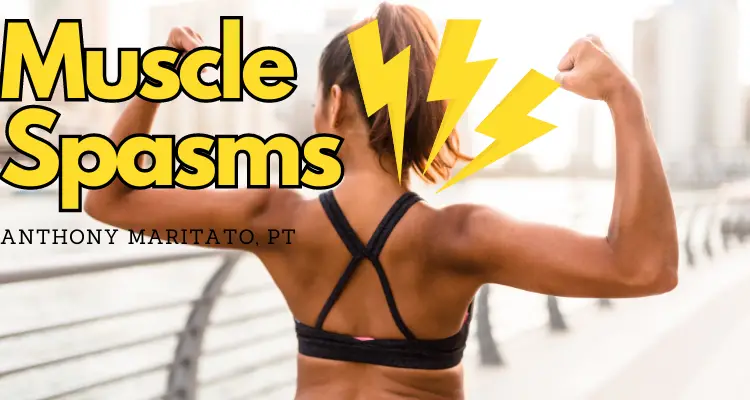
I. Causes of Muscle Spasms
Muscle spasms, also known as muscle cramps, are involuntary contractions of one or more muscles. They can occur suddenly and cause intense pain, leading to temporary immobility and discomfort. Understanding the underlying causes of shoulder muscle spasms is essential in order to effectively manage and prevent their occurrence.
1. Overuse or Repetitive Strain Injuries
Engaging in repetitive activities or overusing the muscles in the shoulder can lead to muscle spasms. This commonly occurs in individuals involved in occupations or sports that require repetitive motions, such as throwing, lifting, or working at a computer for extended periods without breaks.
2. Poor Posture and Ergonomics
Adopting improper posture and ergonomics can place excessive strain on the muscles in the shoulder, resulting in spasms. Slouching or hunching forward for prolonged periods, holding the shoulders in a raised or tense position, or using incorrect form during weightlifting exercises can contribute to muscle imbalances and spasms.
3. Muscular Imbalances
Muscular imbalances occur when certain muscles in the shoulder are overdeveloped or overly tight, while others are weak or lengthened. These imbalances can disrupt the normal functioning of the shoulder joint and lead to muscle spasms. Imbalances may arise from factors such as improper training techniques, poor exercise selection, or sedentary lifestyles that contribute to muscular weaknesses and tightness.
4. Dehydration and Electrolyte Imbalances
Inadequate hydration and imbalances in electrolytes, such as potassium, calcium, and magnesium, can increase the risk of muscle spasms. Dehydration can cause muscle fibers to contract abnormally, while electrolyte imbalances interfere with the proper functioning of muscle cells, potentially triggering spasms.
5. Stress and Anxiety
Stress and anxiety can manifest physically in the form of muscle tension and spasms, including those in the shoulder region. Elevated stress levels can lead to increased muscle contraction and reduced blood flow, contributing to spasms and discomfort. Managing stress through relaxation techniques and stress-reducing activities can help alleviate muscle spasms.
6. Certain Medical Conditions or Diseases
Some medical conditions or diseases can cause or contribute to muscle spasms in the shoulder. Conditions such as cervical herniated disc, rotator cuff injuries, tendinitis, frozen shoulder, and nerve impingements can result in muscle spasms as a symptom of the underlying issue. It is important to consult a healthcare professional for a proper diagnosis if muscle spasms persist or are accompanied by other concerning symptoms.
II. Muscles of the Shoulder
The shoulder is a complex joint composed of several muscles that work together to facilitate movement and stability. Understanding the main muscles of the shoulder region can provide insight into the potential areas affected by muscle spasms.
Deltoid Muscles
The deltoid muscles are located at the top of the shoulder and consist of three heads: anterior, medial, and posterior. The anterior deltoid assists in flexing and internally rotating the arm, the medial deltoid aids in abduction of the arm, and the posterior deltoid supports extension and external rotation of the arm.
Rotator Cuff Muscles
The rotator cuff muscles play a vital role in shoulder stability and movement. They include the following:
- Supraspinatus: Located on the top of the shoulder blade, it assists in initiating arm abduction.
- Infraspinatus: Positioned on the back of the shoulder blade, it aids in external rotation of the arm.
- Teres Minor: Located beneath the infraspinatus, it assists in external rotation and stabilization of the shoulder joint.
- Subscapularis: Situated on the front of the shoulder blade, it contributes to internal rotation and stabilization of the shoulder joint.
Trapezius Muscle
The trapezius muscle is a large muscle that spans the upper back, neck, and shoulders. It plays a crucial role in moving and stabilizing the shoulder blades, as well as in neck and head movements.
Rhomboid Muscles
The rhomboid muscles, consisting of the rhomboid major and rhomboid minor, are located between the shoulder blades. They help retract and stabilize the shoulder blades, promoting proper posture and shoulder alignment.
Levator Scapulae Muscle
The levator scapulae muscle runs from the upper neck to the shoulder blade. It assists in elevating the shoulder blade and rotating the neck.
Pectoralis Major and Minor Muscles
The pectoralis major and minor muscles are found in the chest region but have attachments to the shoulder. The pectoralis major aids in movements such as shoulder flexion, adduction, and internal rotation, while the pectoralis minor helps in protraction and depression of the shoulder blade.
III. Massage Techniques to Alleviate Shoulder Muscle Spasms
Massage therapy can be a beneficial and effective treatment approach for relieving shoulder muscle spasms. It offers various techniques that target muscle tension, promote relaxation, and improve blood circulation. Here are several massage techniques commonly used to alleviate shoulder muscle spasms:
Effleurage
Effleurage involves using gentle, gliding strokes on the skin to warm up the muscles and induce relaxation. This technique helps increase blood flow, improve lymphatic drainage, and prepare the muscles for deeper massage techniques.
Petrissage
Petrissage involves kneading, squeezing, and rolling motions applied to the muscles. It aims to release tension, reduce muscle stiffness, and improve blood circulation. Petrissage can help break up muscle knots and adhesions, providing relief from shoulder muscle spasms.
Trigger Point Therapy
Trigger point therapy focuses on identifying and applying pressure to specific trigger points in the muscles. These trigger points are areas of hyperirritability that can contribute to muscle spasms. By applying direct pressure, trigger point therapy helps alleviate pain, relax the muscle fibers, and reduce muscle spasms in the shoulder.
Myofascial Release
Myofascial release targets the fascia, a connective tissue that surrounds and supports the muscles. It involves stretching and elongating the fascia to relieve muscle tension and promote flexibility. Myofascial release techniques can effectively address muscle imbalances, reduce spasms, and restore optimal function in the shoulder.
Cross-Fiber Friction
Cross-fiber friction entails applying pressure across the muscle fibers using small, circular motions. This technique helps break up knots, adhesions, and scar tissue within the muscles. By releasing these restrictions, cross-fiber friction can alleviate muscle spasms, improve range of motion, and enhance overall shoulder function.
It is important to note that receiving massage therapy from a qualified and experienced professional is recommended to ensure proper technique, safety, and effective results. Consulting a licensed massage therapist can help determine the most suitable massage techniques for individual needs and conditions.
IV. Muscle Spasms vs. Muscle Knots
It is important to differentiate between muscle spasms and muscle knots (also known as trigger points) as they present distinct characteristics and require different approaches for treatment. Understanding the differences can help individuals better address their specific concerns.
Muscle Spasms
Muscle spasms refer to involuntary muscle contractions that cause sudden pain and limited range of motion. These contractions occur when the muscles contract excessively and fail to relax properly. Muscle spasms can be caused by various factors, including overuse, poor posture, muscle imbalances, and dehydration.
Signs and characteristics of muscle spasms include:
- Involuntary and sudden muscle contractions
- Intense pain or discomfort
- Restricted movement and range of motion
- Visible muscle twitching or shaking
Muscle Knots (Trigger Points)
Muscle knots, or trigger points, are localized areas of tension within a muscle. They are commonly caused by muscle tension, overuse, trauma, or injury. These taut bands of muscle fibers can be sensitive to touch and may cause referred pain in other areas of the body.
Signs and characteristics of muscle knots include:
- Palpable knots or nodules within the muscle
- Localized tenderness or sensitivity
- Pain or discomfort that may radiate to other areas
- Reduced muscle flexibility and range of motion
While muscle spasms involve involuntary contractions and result in sudden pain and limited range of motion, muscle knots are localized areas of tension within the muscle that can cause tenderness, referred pain, and reduced flexibility.
Both muscle spasms and muscle knots can benefit from therapeutic interventions such as massage therapy, but specific techniques may vary. It is essential to consult with a healthcare professional or a licensed massage therapist to determine the appropriate treatment approach based on the individual’s specific condition.
V. Dry Needling for Muscle Spasms in the Shoulder
Dry needling is a therapeutic technique that involves inserting thin, solid needles into specific trigger points within the muscles to alleviate pain and muscle spasms. While similar to acupuncture, dry needling focuses primarily on addressing musculoskeletal conditions and trigger points.
Concept and Benefits of Dry Needling
Dry needling targets trigger points, which are hyperirritable spots within the muscle fibers associated with muscle tightness and spasms. By inserting a needle into these trigger points, the aim is to stimulate a healing response, relax the muscle fibers, and improve blood flow. The potential benefits of dry needling for muscle spasm relief include:
- Reduction of muscle tension and spasm
- Pain relief
- Improved muscle flexibility and range of motion
- Enhanced circulation to the affected area
Targeting Trigger Points in the Shoulder Muscles
In the case of muscle spasms in the shoulder, dry needling can be used to target specific trigger points within the affected muscles. The therapist identifies the trigger points through a thorough assessment and palpation. Once located, the needles are inserted into these points to stimulate the muscle fibers and promote relaxation.
The specific muscles targeted in dry needling for shoulder muscle spasms may include the deltoids, rotator cuff muscles, trapezius, rhomboids, levator scapulae, and pectoralis muscles. The therapist will determine the appropriate placement and depth of the needles based on individual needs and condition.
Precautions and Considerations
While dry needling can be an effective treatment option for muscle spasms in the shoulder, it is important to consider the following precautions:
- Dry needling should be performed by a licensed healthcare professional trained in the technique.
- Individuals with certain medical conditions, such as bleeding disorders or compromised immune systems, may not be suitable candidates for dry needling. Consultation with a healthcare professional is essential to determine if it is appropriate.
- Temporary soreness, bruising, or bleeding at the needle insertion site may occur, but these are usually mild and subside quickly.
- It is crucial to communicate any discomfort or concerns to the therapist during the dry needling session to ensure a safe and effective treatment experience.
Seeking professional assistance and guidance from a qualified healthcare professional or a licensed therapist trained in dry needling is highly recommended to ensure proper technique, safety, and optimal results.
Conclusion
Understanding and managing muscle spasms in the shoulder are crucial for maintaining optimal shoulder function and overall well-being. Here are the key takeaways from this article:
- Muscle spasms are involuntary contractions causing sudden pain and limited range of motion in the shoulder.
- Common causes of shoulder muscle spasms include overuse or repetitive strain injuries, poor posture and ergonomics, muscular imbalances, dehydration and electrolyte imbalances, stress and anxiety, and certain medical conditions or diseases.
- Massage techniques such as effleurage, petrissage, trigger point therapy, myofascial release, and cross-fiber friction can help alleviate shoulder muscle spasms by promoting relaxation, improving blood flow, and releasing muscle tension.
- Muscle spasms differ from muscle knots (trigger points), which are localized areas of tension resulting from muscle tension or injury.
- Dry needling, a technique that targets specific trigger points using thin needles, can be an effective option for relieving muscle spasms in the shoulder, but it should be performed by a licensed healthcare professional trained in the technique.
- Readers are encouraged to seek professional evaluation and guidance for persistent or severe shoulder muscle spasms, as individualized treatment may be necessary.
- Maintaining good posture, avoiding overuse injuries, staying hydrated, and managing stress levels are important preventive measures to minimize the occurrence of muscle spasms in the shoulder.
Remember, seeking the assistance of healthcare professionals, such as physicians, physical therapists, or licensed massage therapists, is crucial for an accurate diagnosis, appropriate treatment, and personalized care for shoulder muscle spasms. By taking proactive steps and incorporating healthy habits, individuals can effectively manage and prevent shoulder muscle spasms, promoting optimal shoulder health and functionality.
Meet the Team at Monroe, OH:
Anthony Maritato, PT
 Anthony Tony Maritato, PT |
|
Anthony Maritato, PT goes by Tony in the clinic. He was a Penn State graduate (but don’t hold that against him) who became a licensed physical therapist in 2006 here in Ohio. Tony started Total Therapy Solutions in 2002 down in Sarasota, FL with Middletown, OH native Kathleen Long, Maritato. |
Jeremy Clay, PTA
 Jeremy Clay PTA Total Therapy Solutions Middletown Ohio |
|
Jeremy Clay, PTA is a licensed physical therapist assistant and major Pittsburg Steelers Fan. If Jeremy isn’t sporting his trademark black, white, and gold then you know the Steelers lost last night’s game and you will be doing lots of extra reps in the clinic today! |
Jenna LeeAnn Lewis, PTA
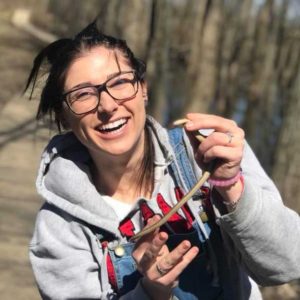 Jenna LeeAnn Lewis PTA Monroe Ohio Total Therapy Solutions |
|
Jenna LeeAnn Lewis, PTA is the glue that holds this team together. Edgewood High School graduate and sports enthusiast, to say that Jenna lights up the clinic with her infectious smile and kind heart is an understatement. Jenna has been a licensed physical therapist assistant since 2017 and continues to help her patients eliminate pain while laughing their way through each therapy session. |
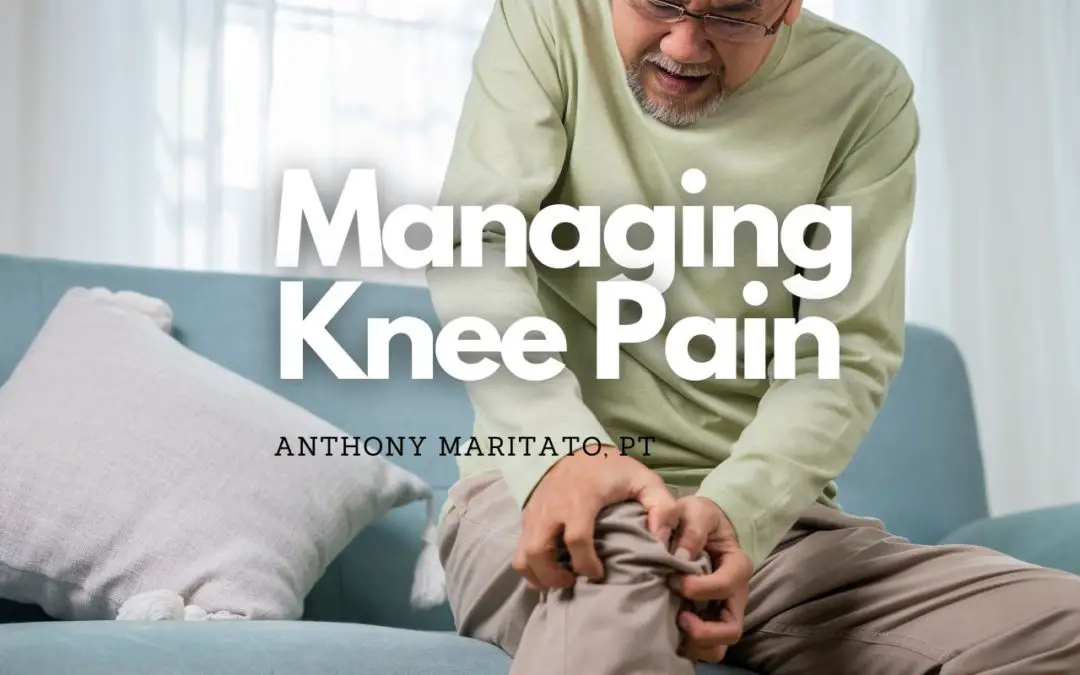
Managing Pain After Total Knee Replacement
Introduction to Managing Pain After a Knee Replacement Undergoing a total knee replacement is a significant medical procedure that can dramatically improve your quality of life. However, the journey to full recovery involves navigating through various challenges, one...
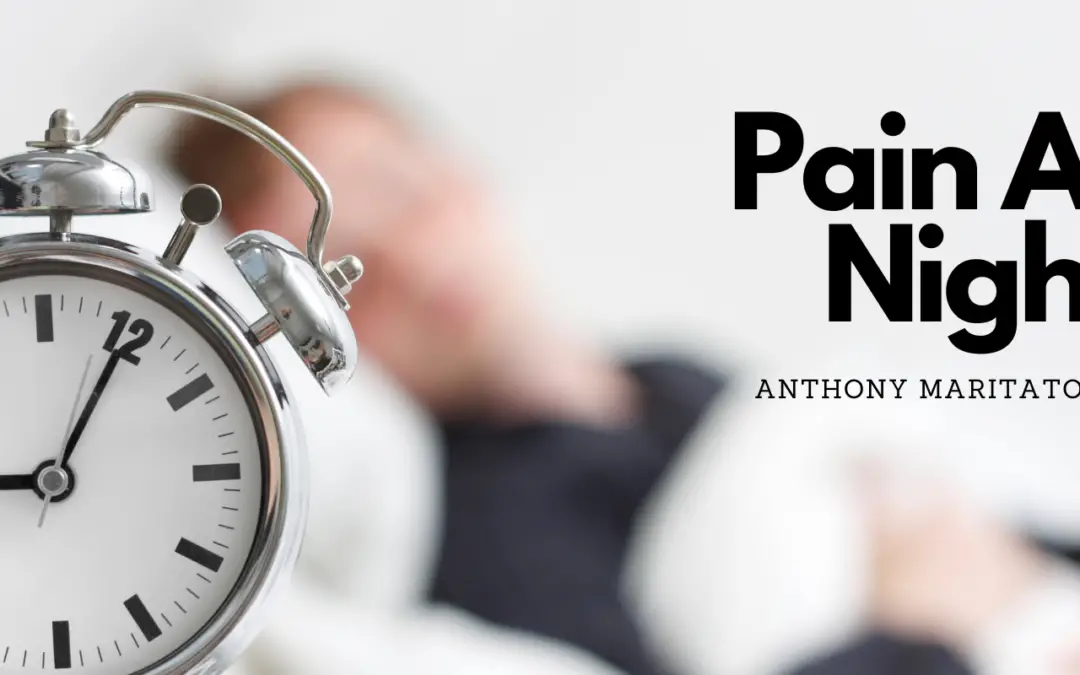
Total Knee Replacement Pain at Night
What to Expect Explore our comprehensive guide on managing 'Total Knee Replacement Pain at Night.' Learn about the causes of night pain, effective pain management strategies, best sleeping positions, and more. This article provides practical advice to help individuals...
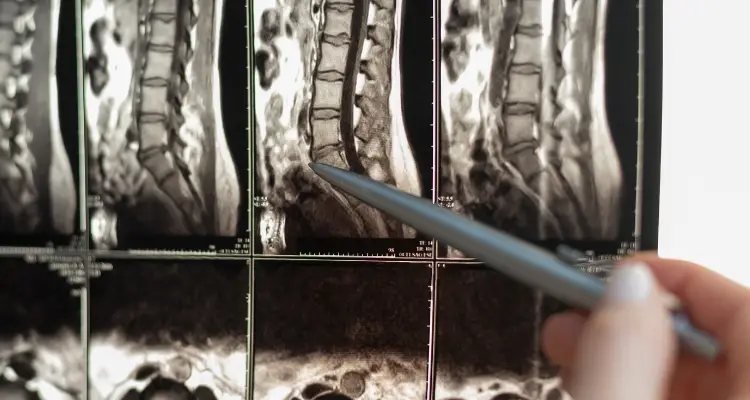
Overview of Spinal Stenosis
Table of Contents What is spinal stenosis What are the symptoms of spinal stenosis How is spinal stenosis diagnosed What are the different types of treatment for spinal stenosis Where to find more information 1. What is spinal stenosis Spinal stenosis is a condition...
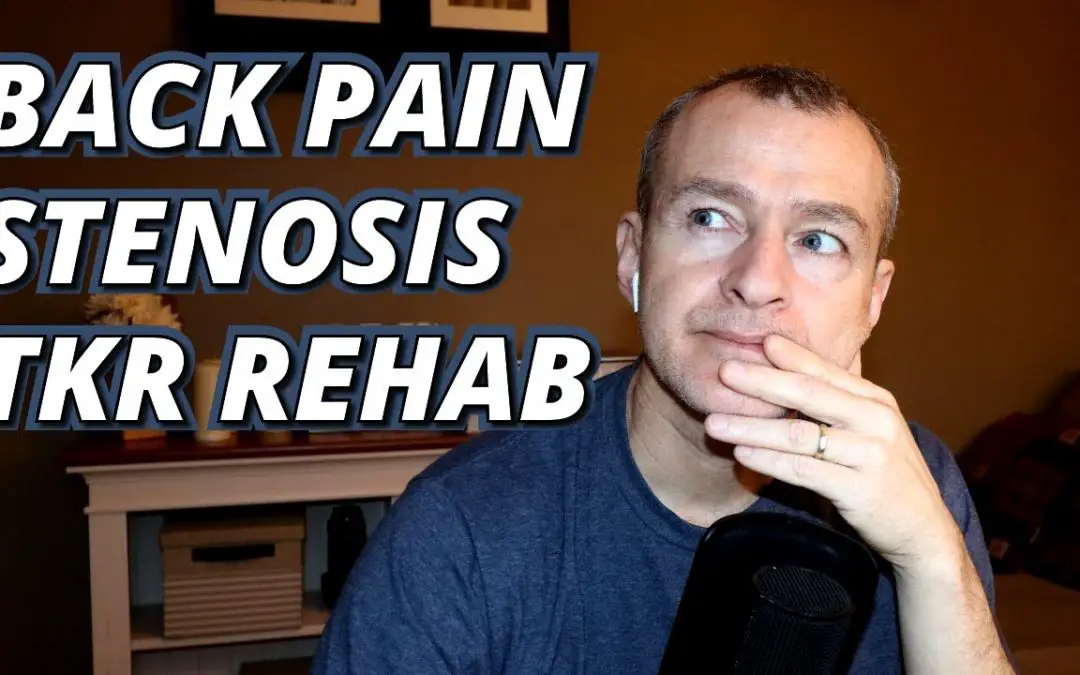
Spinal Stenosis Exercises to Avoid: During Knee Replacement Recovery
Spinal stenosis is relatively common among adults having a total knee replacement surgery. While spinal stenosis doesn't always impact total knee replacement recovery, when it does, it can be frustrating. Before I specialized in treating patients after a total knee...
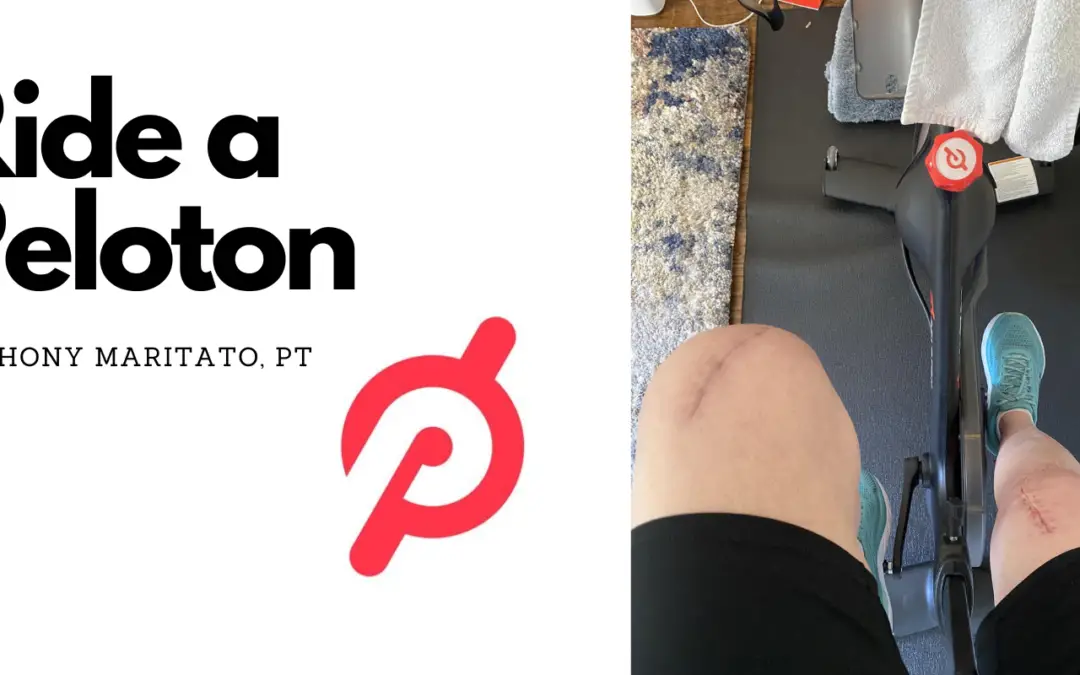
Ride a Peloton After Knee Replacement Surgery
Table of Contents When can I return to riding my Peloton bike at home after a total knee replacement? Is a Peloton bike good physical therapy after a total knee replacement surgery? Will riding my Peloton too much wear out my new knee? How often should I ride my...
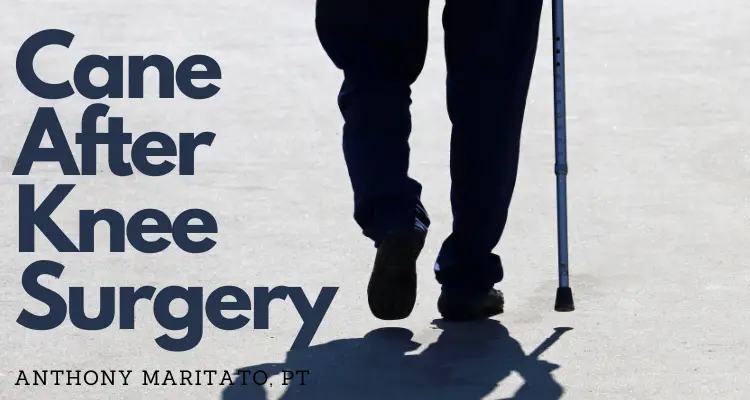
How to Use a Cane After Knee Surgery
Table of Contents Understanding the Purpose of Using a Cane after Knee Surgery How to Properly Use a Cane after Knee Surgery Common Mistakes to Avoid When Using a Cane Transitioning from a Walker to a Cane: When and How? Understanding the Purpose of Using a Cane after...
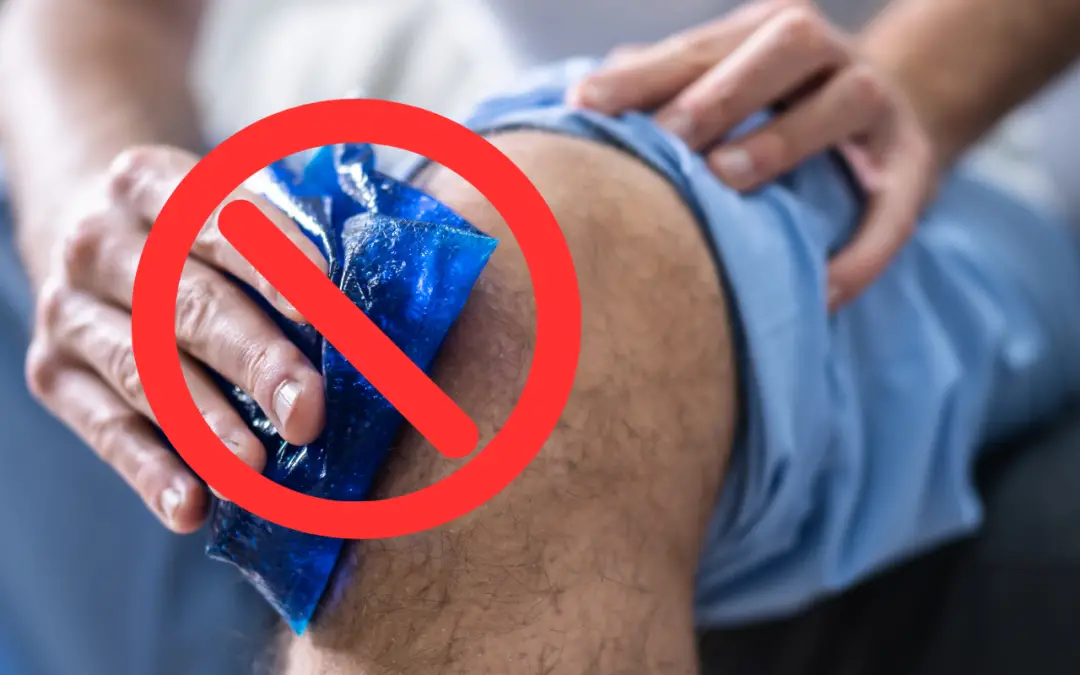
Ice Machine for Knee Surgery
Table of Contents Benefits of Using an Ice Machine After Knee Surgery How an Ice Machine Works Top Ice Machines for Knee Surgery Recovery How to Use an Ice Machine After Knee Surgery Where to Buy an Ice Machine and What to Consider Benefits of Using an Ice Machine...
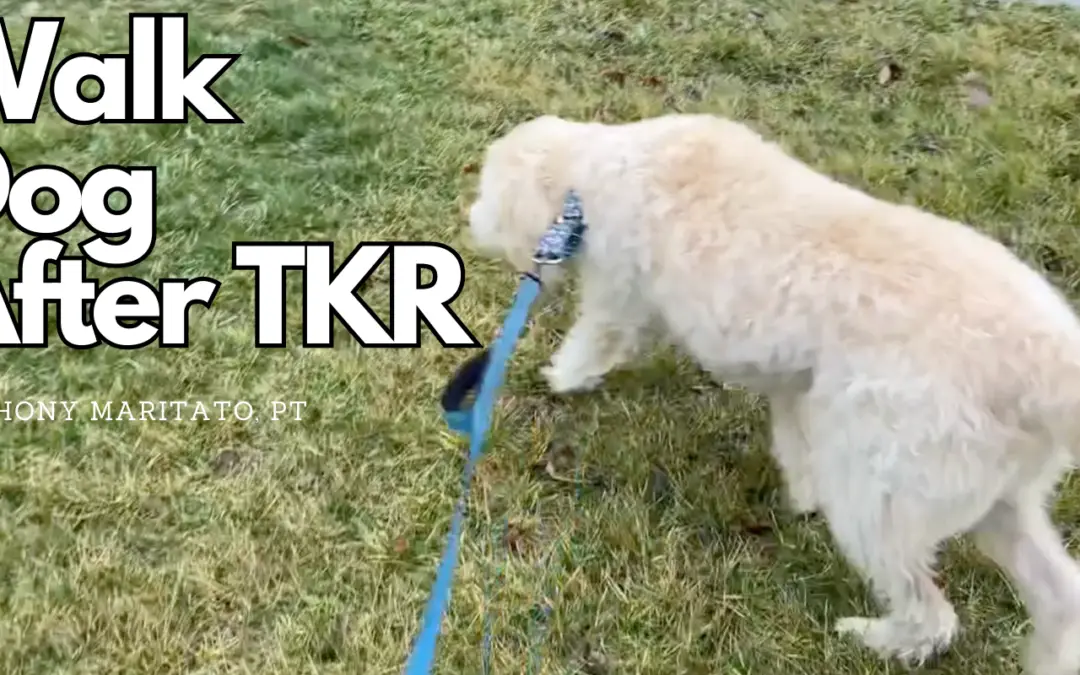
Walking Your Dog After Knee Replacement Surgery: A Timeline for Recovery
Table of Contents Introduction Walking Your Dog After Knee Replacement Safety Considerations and Precautions Conclusion Introduction Hello, fellow dog lovers and knee replacement warriors! I'm Anthony Maritato, a licensed physical therapist specializing in post-total...

Top 5 Mistakes After Knee Replacement
In this article I will share my experience as a physical therapist and personal trainer of more than 22 years treating patients after total knee replacement surgery. I have seen patients who made every mistake possible and still had a great outcome following this...

Disadvantages of Knee Replacement Surgery
Table of Contents Introduction Pain Time Lost Cost Stress Post Surgical Risk or Complications Conclusion Introduction When considering treatment options for severe knee arthritis, one commonly considered intervention is knee replacement surgery. Despite its high...
